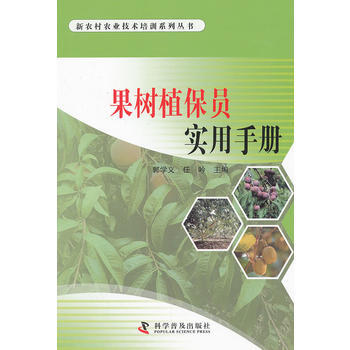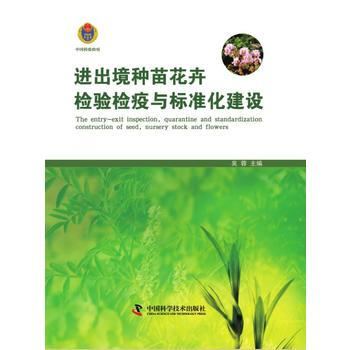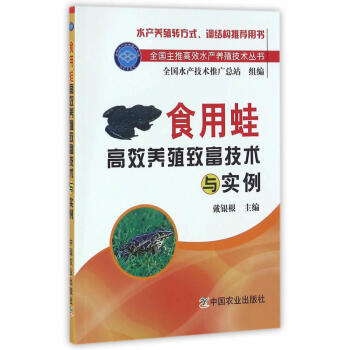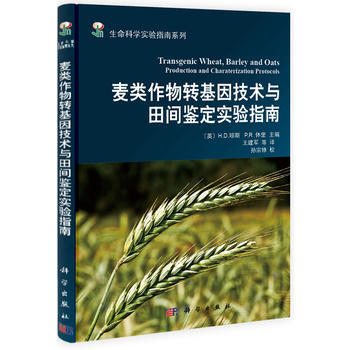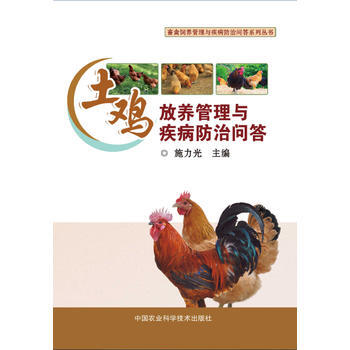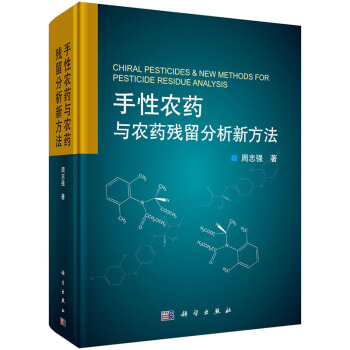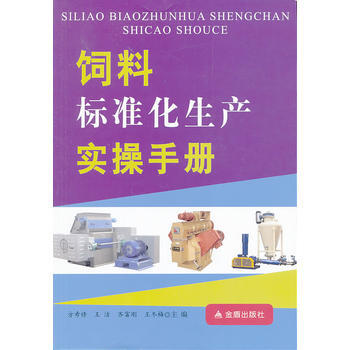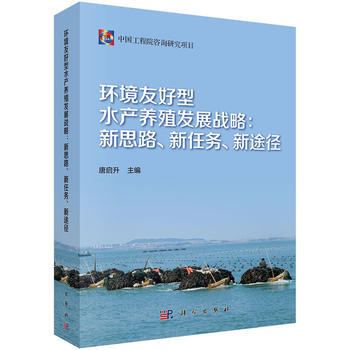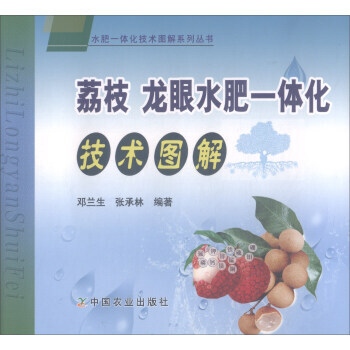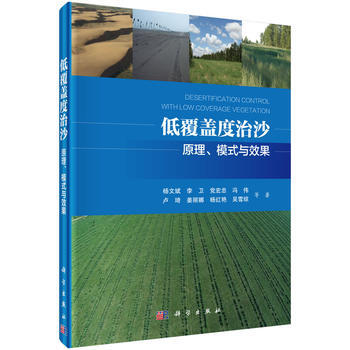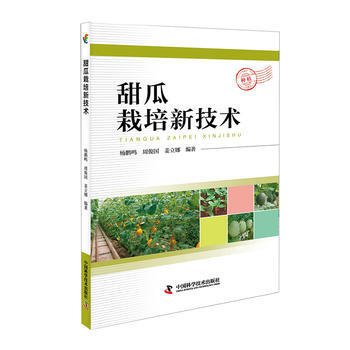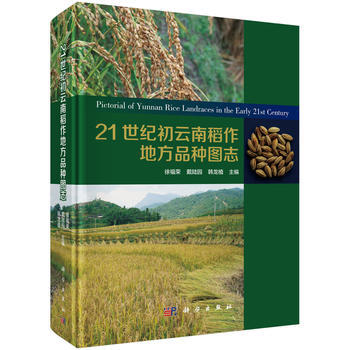具体描述
基本信息
书名:农村劳动力培训阳光工程系列教材沼气工
定价:37.80元
作者:蒋晓
出版社:科学普及出版社
出版日期:2012-04-01
ISBN:9787110077177
字数:
页码:
版次:1
装帧:平装
开本:16开
商品重量:0.359kg
编辑推荐
根据农业部关于农村劳动力培训阳光工程工作的指导意见和北京市农村劳动力培训阳光工程项目实施方案要求,为了更好地贯彻落实中央有关文件精神,加大新型职业农民培训工作力度,做好沼气工培训工作,特组织专业技术人员蒋晓编写《农村劳动力培训阳光工程系列教材:沼气工》。本教材内容丰富、图文并茂、通俗易懂,实用性强、操作性强,可以帮助广大农村沼气技术人员、基层干部、沼气用户和农民朋友普及沼气技术,提高从业的专业技术和能力。通过本教材的学习和技能锻炼,可达到具备沼气工初中级从业的专业技术和能力。
内容提要
《农村劳动力培训阳光工程系列教材:沼气工》的主编蒋晓在编写过程中参考了大量的沼气科技著作、*研究成果、工程案例和推广部门的指导丛书,在此谨致衷心感谢。《农村劳动力培训阳光工程系列教材:沼气工》结合沼气用户生产经验和作者多年的工作实践,以沼气工为对象,以职业技能为核心,采用模块教学方法,简明扼要地介绍了完成职业活动中每一项工作任务或具体操作的方法、程序、步骤等,系统全面、简明扼要地介绍了沼气工职业道德,相关法律法规常识,沼气发酵基础知识,建筑材料与建筑基础知识,户用沼气池设计,生活污水净化沼气池,沼气池现场施工,沼气工程常用设备及安装,沼气的净化贮存输配,户用沼气池的安全使用与故障排除,沼气工程的验收等知识,全书共11章。
目录
作者介绍
文摘
序言
《 biogas engineering: the foundation of rural energy development 》 Foreword This comprehensive textbook is meticulously crafted to serve as an indispensable guide for individuals embarking on or seeking to deepen their understanding of biogas technology and its vital role in rural energy development. Recognizing the transformative power of biogas in addressing energy poverty, promoting sustainable agriculture, and fostering rural economic growth, this volume aims to equip readers with a robust theoretical framework and practical skills necessary for successful biogas system design, installation, operation, and maintenance. Chapter 1: The Science and Significance of Biogas This foundational chapter delves into the intricate scientific principles underpinning biogas production. It explores the biochemical processes of anaerobic digestion, detailing the roles of various microorganisms—bacteria and archaea—in breaking down organic matter. Readers will gain a thorough understanding of the microbial consortia involved, the stages of digestion (hydrolysis, acidogenesis, acetogenesis, and methanogenesis), and the factors influencing these complex interactions, such as temperature, pH, and volatile fatty acid concentrations. The chapter then meticulously outlines the profound significance of biogas as a renewable energy source. It highlights its multifaceted benefits, including: Sustainable Energy Provision: Biogas offers a clean and renewable alternative to traditional fossil fuels, significantly reducing reliance on biomass fuels like firewood and dung, thereby mitigating deforestation and indoor air pollution. Waste Management Solution: Biogas technology provides an effective and environmentally sound method for managing organic waste from agricultural activities, animal husbandry, and households, converting waste into a valuable resource. Fertilizer Production: The digestate, a byproduct of biogas production, is a nutrient-rich organic fertilizer, offering a sustainable and cost-effective alternative to chemical fertilizers, thereby improving soil health and crop yields. Rural Economic Development: The implementation of biogas projects creates employment opportunities in design, construction, operation, and maintenance, stimulating local economies and improving livelihoods. Climate Change Mitigation: By capturing methane, a potent greenhouse gas, and converting it into energy, biogas production contributes to reducing greenhouse gas emissions and combating climate change. This chapter lays the groundwork for understanding why biogas technology is not merely an energy solution but a holistic approach to sustainable rural development. Chapter 2: Biogas Feedstocks and Their Characteristics A thorough understanding of potential feedstocks is paramount to successful biogas system design and operation. This chapter meticulously categorizes and analyzes the diverse range of organic materials suitable for anaerobic digestion. It covers: Animal Manures: Detailed examination of manures from cattle, pigs, poultry, and other livestock, including their typical composition, volatile solids content, carbon-to-nitrogen (C:N) ratio, and potential limitations. Emphasis is placed on proper handling and pre-treatment methods to optimize digestion. Agricultural Residues: Exploration of crop residues such as straw, stalks, husks, and green waste. The chapter discusses their variability in composition, lignocellulosic content, and the need for pre-treatment techniques like shredding, milling, or ensiling to enhance biodegradability. Food Waste: Analysis of organic waste generated from households, restaurants, and food processing industries. Consideration is given to its high moisture content, potential for inhibitory substances, and the importance of sorting and pre-treatment. Energy Crops: Discussion of dedicated energy crops like energy grasses, maize, and sweet sorghum, cultivated specifically for biogas production. The chapter addresses considerations related to land use, cultivation practices, and yield optimization. Industrial Organic Waste: An overview of organic waste streams from industries such as food and beverage manufacturing, paper production, and agro-processing, highlighting the unique challenges and opportunities associated with each. For each feedstock category, the chapter provides detailed information on: Compositional Analysis: Typical ranges of moisture content, volatile solids, fixed solids, carbon, nitrogen, phosphorus, potassium, and other key nutrients. Biochemical Methane Potential (BMP): Factors influencing the theoretical maximum biogas yield and methane content. C:N Ratio: Its critical importance in maintaining optimal microbial activity and avoiding ammonia toxicity. Strategies for adjusting the C:N ratio through co-digestion are thoroughly discussed. Pre-treatment Requirements: Detailed explanations of various pre-treatment methods—mechanical, thermal, chemical, and biological—and their effectiveness in improving the biodegradability and digestion efficiency of different feedstocks. Chapter 3: Biogas Digester Designs and Technologies This chapter presents a comprehensive overview of the various types of biogas digesters, catering to a wide range of scales and applications. It provides in-depth technical descriptions, operational principles, and suitability assessments for different contexts: Fixed-Dome Digesters: Detailed exploration of the Chinese-style fixed-dome digester, its construction, advantages (simplicity, durability), and limitations (batch operation, gas accumulation issues). Floating-Drum Digesters: Examination of the Indian-style floating-drum digester, its mechanism of gas collection, operational flexibility, and comparative analysis with fixed-dome designs. Continuous Stirred-Tank Reactors (CSTRs): In-depth analysis of CSTRs, widely used in medium to large-scale industrial applications. The chapter covers their operational principles, mixing mechanisms, advantages (continuous feeding and effluent removal, stable operation), and common configurations. Plug-Flow Digesters: Discussion of plug-flow digesters, particularly suitable for feedstocks with high solid content like animal manures. The chapter elaborates on their design, advantages (simple construction, good digestion efficiency), and limitations. Anaerobic Lagoons: Consideration of large-scale anaerobic lagoons, often employed in extensive livestock operations. The chapter addresses their design, operational aspects, environmental considerations, and suitability for specific climates. Other Emerging Technologies: Brief introductions to advanced digester designs such as fluidized bed reactors, upflow anaerobic sludge blanket (UASB) reactors, and membrane bioreactors, highlighting their specialized applications and potential. For each digester type, the chapter systematically covers: Design Parameters: Key considerations for sizing, material selection, and construction, including hydraulic retention time (HRT), solid retention time (SRT), digester volume, and feedstock loading rate. Operational Modes: Batch, semi-batch, and continuous operational modes, with detailed explanations of their implications for feedstock management, gas production, and overall efficiency. Advantages and Disadvantages: A balanced assessment of the strengths and weaknesses of each design in relation to cost, complexity, performance, and local conditions. Suitability Assessment: Guidance on selecting the most appropriate digester technology based on factors such as scale of operation, feedstock availability, local climate, financial resources, and technical expertise. Chapter 4: Biogas System Design and Installation This practical chapter guides readers through the critical stages of designing and installing a functional biogas system. It emphasizes a systematic approach, ensuring optimal performance and longevity: Needs Assessment and Feasibility Study: Step-by-step guidance on evaluating energy requirements, feedstock availability, site suitability, financial resources, and potential economic benefits. System Sizing and Capacity Planning: Detailed methodologies for calculating the required digester volume based on feedstock characteristics, desired biogas output, and operational parameters like HRT and loading rate. Component Selection: Comprehensive guidance on selecting appropriate components, including: Digester Materials: Considerations for concrete, masonry, plastic, and steel, including durability, cost, and local availability. Feeding Mechanisms: Options for manual and automated feeding systems, suitable for different scales and feedstock types. Gas Collection and Storage: Design of gas holders, flexible bags, and fixed domes, addressing safety considerations and pressure management. Gas Purification and Scrubbing: Methods for removing impurities such as hydrogen sulfide (H₂S) and water vapor to improve gas quality and prevent corrosion. Slurry Handling and Transport: Design of pumps, pipes, and channels for efficiently moving feedstock into the digester and removing digestate. Site Selection and Preparation: Criteria for choosing an ideal site, considering factors like proximity to feedstock sources, land availability, accessibility, drainage, and environmental regulations. Construction and Installation Procedures: Detailed blueprints and practical advice on the construction process, including foundation work, digester wall construction, inlet and outlet pipe installation, gas sealing, and safety protocols. Safety Considerations: A paramount focus on safety throughout the design and installation process, covering potential hazards associated with confined spaces, flammable gas, and mechanical equipment. Emphasis on proper ventilation, gas leak detection, and emergency procedures. Chapter 5: Biogas System Operation and Maintenance This crucial chapter equips readers with the knowledge and skills required for the efficient and sustained operation of biogas systems, along with essential maintenance practices: Startup Procedures: Detailed, step-by-step instructions for initiating the anaerobic digestion process, including acclimatization of microorganisms, gradual feedstock introduction, and monitoring of key parameters. Routine Operation and Monitoring: Best practices for daily, weekly, and monthly operational tasks, including: Feedstock Management: Consistent and appropriate feeding schedules, material preparation, and quality control. Temperature Control: Maintaining optimal mesophilic or thermophilic temperatures for microbial activity. pH Monitoring and Adjustment: Ensuring the digester operates within the ideal pH range for methanogenesis. Gas Production Monitoring: Tracking biogas yield, quality (methane content), and pressure. Digestate Management: Strategies for handling, storing, and utilizing the nutrient-rich digestate. Troubleshooting Common Operational Problems: Identification and resolution of frequent issues such as: Low Gas Production: Causes and solutions related to feedstock quality, temperature fluctuations, pH imbalances, or inhibitory substances. Gas Quality Issues: Addressing high H₂S levels, moisture content, or low methane concentration. Digester Foaming: Understanding the causes and implementing corrective actions. Inhibitory Substances: Identifying and mitigating the impact of toxins on microbial activity. Preventive Maintenance: A systematic approach to maintenance activities to ensure the long-term reliability and efficiency of the biogas system. This includes: Regular Inspections: Checking for leaks, corrosion, structural integrity, and proper functioning of all components. Cleaning and Desludging: Scheduled cleaning of gas lines, burners, and periodic removal of inert materials from the digester. Component Servicing: Maintenance of pumps, mixers, valves, and gas meters. Record Keeping: The importance of maintaining detailed operational logs and maintenance records for performance analysis and troubleshooting. Safety Protocols: Reinforcement of safety measures during operation and maintenance, including the use of personal protective equipment (PPE), safe gas handling practices, and emergency response plans. Chapter 6: Biogas Utilization and Applications This chapter explores the diverse and practical applications of biogas, demonstrating its value beyond just energy generation: Direct Use for Cooking and Heating: Detailed guidance on connecting biogas to domestic cooking stoves and heating systems, including burner selection, piping, and safety precautions. Biogas as Fuel for Internal Combustion Engines: Technical specifications and operational considerations for using biogas to power generators, pumps, and other machinery. Discussion of engine modifications and performance characteristics. Biogas for Industrial Processes: Applications of biogas in various industrial sectors, such as pasteurization, drying, and process heat generation. Biogas Upgrading and Grid Injection: An introduction to technologies for purifying biogas to biomethane (approximately 95% methane) for injection into the natural gas grid or use as a vehicle fuel. This section covers purification techniques and regulatory considerations. Digestate as Fertilizer: In-depth analysis of the agronomic benefits of digestate, including its nutrient content, soil conditioning properties, and comparison with chemical fertilizers. Guidance on application rates and methods to maximize crop yields and soil health. Other Emerging Applications: Brief overview of innovative uses for biogas, such as its potential in anaerobic membrane bioreactors for wastewater treatment and nutrient recovery. Chapter 7: Economic and Environmental Impact Assessment This concluding chapter provides a framework for evaluating the economic viability and environmental benefits of biogas projects, supporting informed decision-making: Cost-Benefit Analysis: Methodologies for calculating capital costs, operational expenses, and potential revenue streams from biogas and digestate sales. Assessment of payback periods and return on investment. Life Cycle Assessment (LCA) Principles: An introduction to LCA, quantifying the environmental footprint of biogas production compared to alternative energy sources and waste management practices. Greenhouse Gas Emission Reduction Calculations: Methodologies for quantifying the reduction in methane and carbon dioxide emissions achieved through biogas utilization. Socio-Economic Impacts: Assessment of the broader impacts on rural livelihoods, job creation, energy security, and improvements in public health. Policy and Regulatory Frameworks: An overview of relevant government policies, incentives, and regulations that can support or hinder biogas development. Case Studies and Best Practices: Presentation of successful biogas projects from various regions, highlighting lessons learned, innovative approaches, and replicable models. This comprehensive textbook serves as a crucial resource for farmers, rural communities, technical trainees, extension workers, policymakers, and anyone interested in harnessing the power of biogas for sustainable rural development. It is designed to be both informative and practical, empowering readers to confidently engage with and implement biogas technology.



